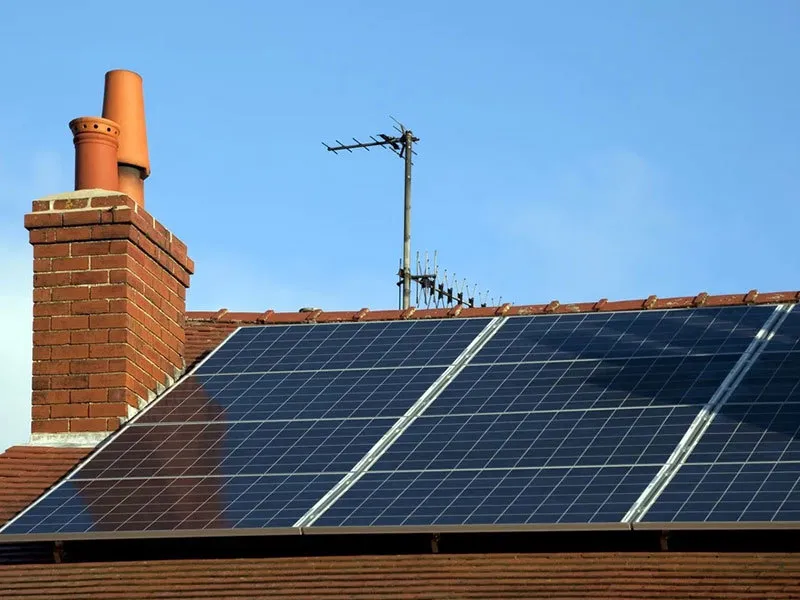48v 3kw
Understanding 48V 3kW Systems Efficiency and Applications
In the world of energy systems, particularly in electric power supplies and renewable energy applications, the specification 48V 3kW is becoming increasingly significant. This designation refers to a power system that operates at a voltage of 48 volts and has a power output capacity of 3 kilowatts. To understand the implications of these figures, we need to explore the technical aspects, applications, and advantages of such systems.
What Does 48V 3kW Mean?
At its core, the 48V 3kW rating indicates how much electrical power a system can deliver at a specific voltage. Power (in watts) is calculated using the formula
\[ P = V \times I \]
where \( P \) is power in watts, \( V \) is voltage in volts, and \( I \) is current in amperes. Therefore, a 3kW system at 48 volts would require approximately 62.5 amperes of current, which can be a significant amount, especially for smaller applications.
Applications of 48V 3kW Systems
1. Renewable Energy Systems One of the most common applications for 48V 3kW systems is in renewable energy setups, particularly solar energy systems. In such installations, solar panels generate direct current (DC) electricity, which is often stored in batteries. A 48V system is ideal for battery setups, as it strikes a balance between efficiency and safety, allowing for effective energy storage and management.
2. Electric Vehicles (EVs) Many electric vehicles, especially smaller models and e-bikes, use 48V systems due to their optimal performance and weight considerations. Using a 48V configuration helps balance efficiency while maintaining a compact design, making it an attractive choice for manufacturers.
3. Uninterruptible Power Supplies (UPS) For businesses and critical infrastructure, a reliable power supply is essential. 48V 3kW systems are frequently used in UPS units, ensuring that sensitive equipment remains operational in the event of a power outage. The relatively low voltage also enhances safety, reducing the risk of electric shock.
48v 3kw

4. Telecommunication Systems Many telecommunications networks rely on 48V power systems. These systems are vital for powering servers, routers, and other critical equipment, as they can provide stable and reliable energy, which is essential for maintaining connectivity.
Advantages of 48V Systems
1. Increased Efficiency 48V systems are often more efficient compared to their higher-voltage counterparts, especially in low-power applications. Lower voltages can reduce energy losses due to heat, enhancing overall system efficiency.
2. Safety Operating at 48V reduces the risk of electric shock, making it safer for users and technicians. This is particularly crucial in applications where equipment may be accessed frequently.
3. Standardization The 48V standard has been widely adopted in various industries, leading to a plethora of compatible components. This makes it easier for designers and engineers to find suitable batteries, chargers, and power electronics.
4. Weight Reduction Lower voltage systems can often use smaller gauge wiring, which contributes to overall weight reduction in applications like electric vehicles. This is a critical factor for performance and efficiency.
Conclusion
As the world pivots towards more sustainable energy solutions and electric mobility, the relevance of 48V 3kW systems continues to grow. Their application in renewable energy, electric vehicles, and critical power systems positions them as a reliable and efficient choice for the future. The advantages of increased efficiency, safety, and standardization further underscore the importance of this power rating in both existing and emerging technologies.
Understanding the nuances behind the 48V 3kW specification not only aids in the design and implementation of efficient power systems but also fuels the innovation that drives our transition towards greener energy solutions. As we move forward, continued advancements in 48V systems will likely play a crucial role in shaping our energy landscape.
-
Unlocking Energy Freedom with the Off Grid Solar InverterNewsJun.06,2025
-
Unlock More Solar Power with a High-Efficiency Bifacial Solar PanelNewsJun.06,2025
-
Power Your Future with High-Efficiency Monocrystalline Solar PanelsNewsJun.06,2025
-
Next-Gen Solar Power Starts with Micro Solar InvertersNewsJun.06,2025
-
Harnessing Peak Efficiency with the On Grid Solar InverterNewsJun.06,2025
-
Discover Unmatched Efficiency with the Latest String Solar InverterNewsJun.06,2025







